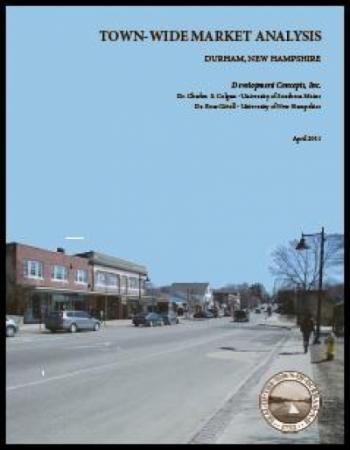-
Our Community
-
- Welcome Visitors About Durham's Community Climate Remembrance Project Diversity Welcome Statement Life in Durham Places to Stay Places to Eat Places to Park Transportation Schools Oyster River School District Welcome New Homeowners
- Durham Public Library Programs & Events Trails and Town Lands Conservation Commission Land Stewardship Conservation Lands & Parks Conservation Easements Trails Youth Organizations University of New Hampshire Durham Preservation Durham Historic Association
- Volunteer Town of Durham Land Stewardship Public Library UNH Cooperative Extension Churchill Rink Parks & Recreation Recreation Program Calendar Outdoor Recreation Activities Outdoor Recreation Sites Sustainable Durham Recycling Information Swap Shop Information Earth Day 2023
-
- Doing Business
-
Inside Town Hall
-
- Departments Assessing Building Business Office Code Enforcement Information Technology Planning Town Clerk/Tax Collector Parks & Recreation Boards, Commissions & Committees Agricultural Commission Conservation Commission Historic District/Heritage Comm. Other Boards & Committees Planning Board Zoning Board
- DCAT Media Productions DCAT Media - Programming DCAT Media Livestream Zoom Video Meeting Schedule Town Council Town Administration Public Hearings Public Safety Police Fire McGregor Memorial EMS (Ambulance)
- Public Works Engineering Division Operations Division Sanitation Division Water Division Wastewater Division Stormwater Town Directory Telephone Directory by Department Services Directory
-
-
Helpful Resources
-
- Quick Links Assessors Online Database Bids and RFP’s DCAT Media Productions GIS Digital Maps Jobs Online Services Parking Information Social Services Town Holidays Trash Pick Up Holiday Schedule Transfer Station & Recycling Center Information Curbside Refuse Collection by Street Zoom Video Meeting Schedule
- Town Documents Budget & CIP Forms & Applications Master Plan Tax Increment Finance (TIF) Districts Tax Maps Town Charter Town Code Town Reports Town Wide Master Fee Schedule Zoning Ordinance Voter Information
- Contact Us Cemetery Information Social Media Facebook Twitter Town Newsletter Friday Updates Town Meetings & Events Agenda and Minutes Calendar Public Hearing Notices State & U.S. Representatives
-
Town Wide Market Analysis
The purpose of this Town-Wide market study was to provide the Town of Durham with a “bird’s eye view” analysis of primary real estate markets for the purposes of identifying trends and opportunities for short-term economic development initiatives. It should be noted that while as much data was collected as possible within the time frame of the study, this report does not represent an exhaustive compilation of demographics or real estate data.
At the time this report was written, 2010 Decennial Census data had just been released for the State of New Hampshire. This report drew a significant amount of information from the 2005-2009 American Community Survey, which has its limits in terms of accurate population and demographic estimates due to the margin of error applied to the survey data. The consultant team has endeavoured to analyze the data to the best of its ability given these circumstances. It is advisable to update data from this report as new information from both the 2010 Census and future iterations of the American Community Survey come out in subsequent years.
The Census and other related data sources, such as the American Community Survey, have historically had difficulty in generating accurate population estimates for university communities. In particular, the census has had difficulty in counting students. Boston, Massachusetts is an excellent example, with a margin of error in its population estimates as high as 100,000 people. As noted in the Demographic Overview and Housing Market sections, there appear to be gaps in the Census and ACS data regarding an accurate count of students, and therefore available demographic data may reflect a smaller population than actually exists. Updated Group Quarters data will be released by the Census at the end of April 2010. This data may help to provide a more accurate count of students than the American Community Survey data.
It is important to consider the data and conclusions in this report as a “guideline” for considering future real estate and economic development opportunities. No real estate market analysis can provide high enough levels of precision that result in guaranteed or definitive results or direction. Sources and accuracy of the data, as well the analyst’s interpretation of that data must be taken into account when reviewing findings.


